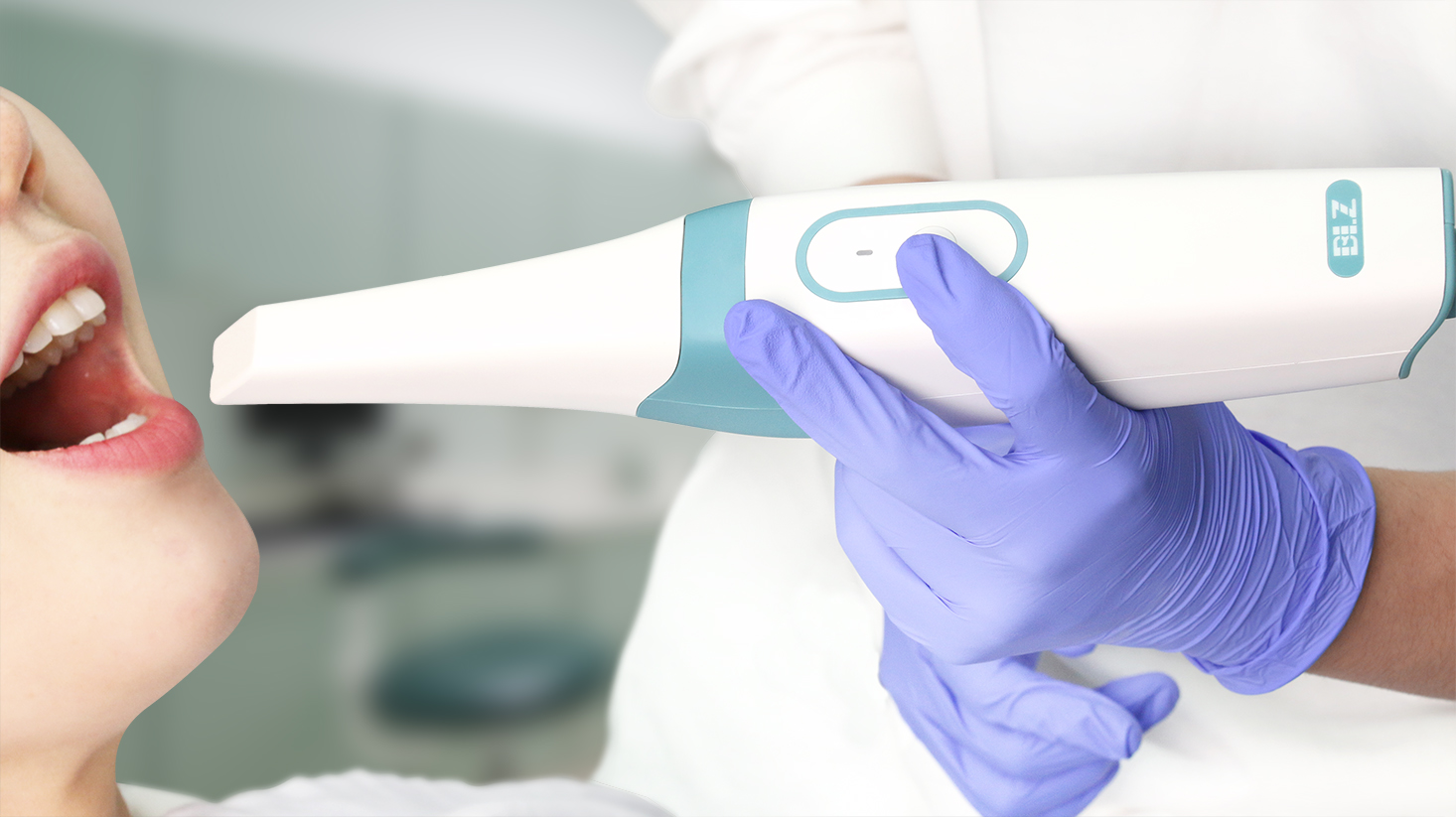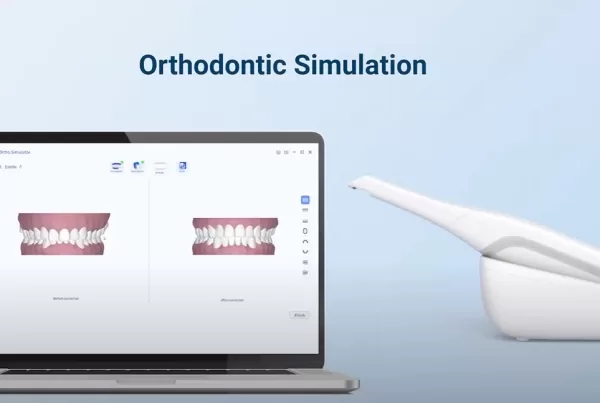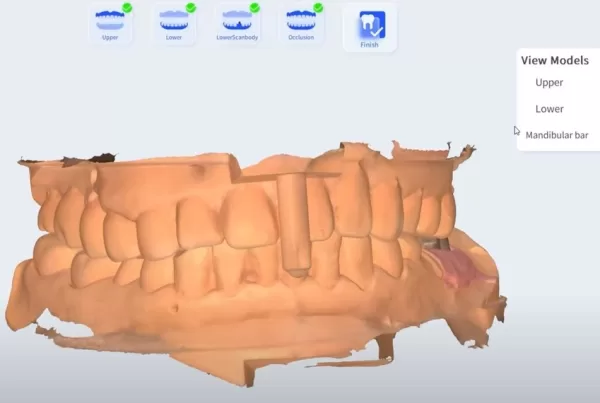When considering investing in an intraoral scanner, one of the most important factors that buyers tend to consider is the level of profitability that the tool can offer. Choosing the best intraoral scanner brings you higher ROI.
What exactly is ROI?
ROI stands for “return on investment”. It enables the comparison of investments based on the amount of money invested and the amount of money earned or lost.
ROI is a valuable indicator to support decision-making. Calculating ROI makes it easier for you to choose the best intraoral scanners you want.
How to calculate the ROI of an intraoral scanner?
Step 1: Calculate your savings
First, you estimate how many 3D scans per month are realistic for your clinic. Similarly, estimate the working time for the creation of a 3D model. Such as the scanning process, possible post-processing, and the import into CAD. And then, average time saving by using an intraoral scanner. Don’t forget to add the hourly wage that your employee receives for working on the 3D model. Multiplies all values with each other, the result is the monthly savings.

Step 2: When does the investment become profitable?
The monthly ROI is the difference between cumulative costs and monthly savings. When the ROI becomes positive, it starts to be profitable.
Step 3: Compare the result with other intraoral scanners
Take the time to do your calculation and do not go directly to the cheapest. In general, it is estimated that it will take around a year to get value for money out of an investment in intraoral scanners. Scanners that generate the earliest returns are worth prioritizing when you choose a particular brand.
This is not the only way to calculate ROI. You can also calculate from other perspectives. Like, what treatments do you offer? Crown and bridge, single crowns? Or restoring on implants, etc.? Get the ROI result by calculating your monthly case volume and patient fee. How your dental practice is currently set up will affect largely the ROI. There are still remains many aspects to consider when calculating ROI on intraoral scanners.


